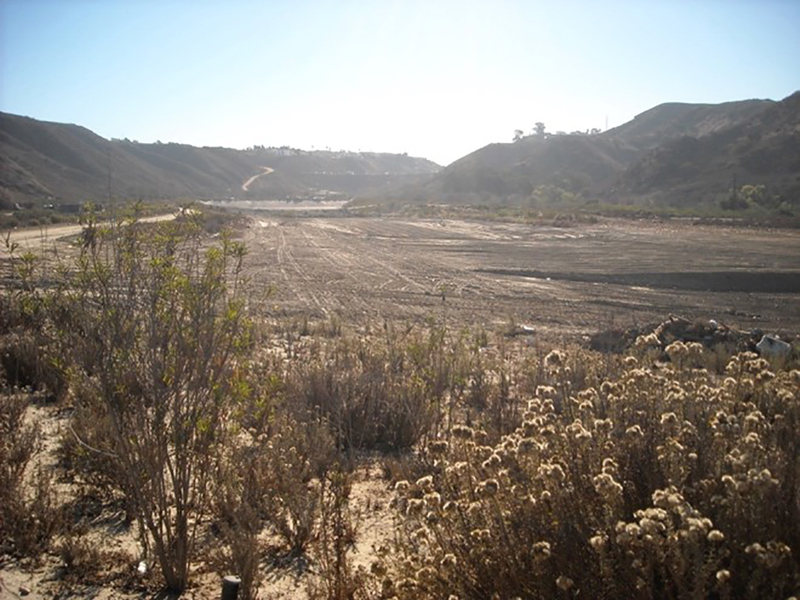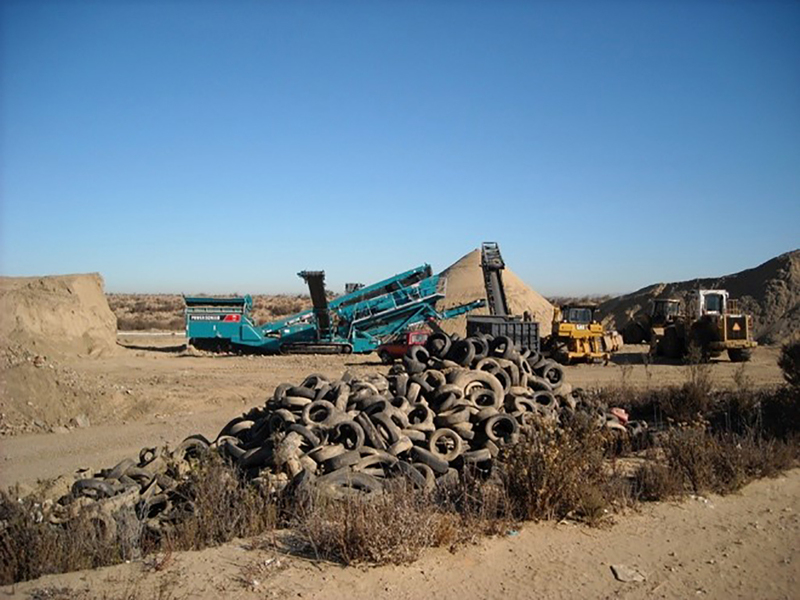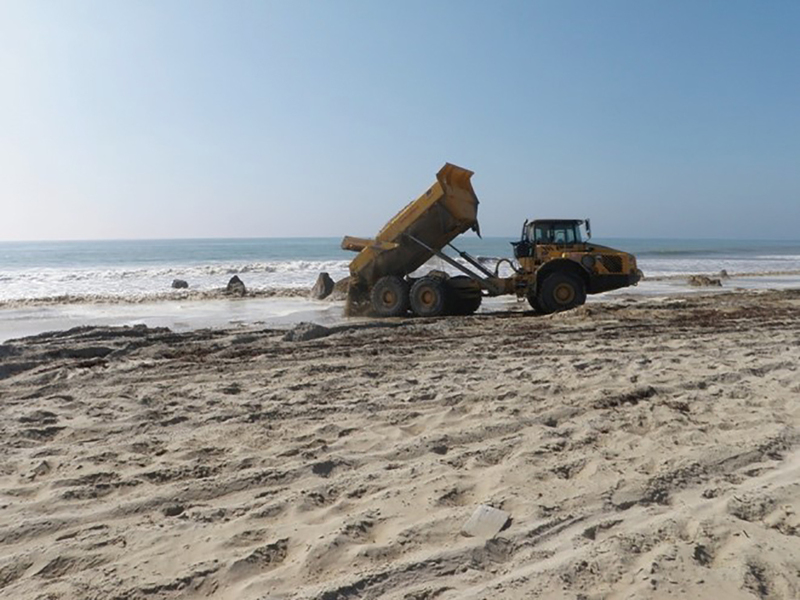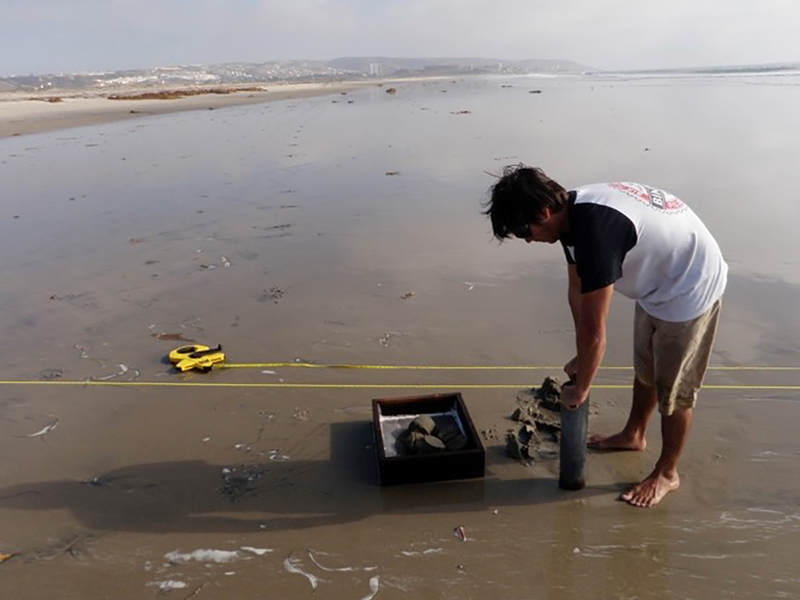Use for coast defence and nature restoration
This project as located within the Border Field State Park at the southwestern-most point in California. This study evaluated impacts of fine materials in the intertidal and nearshore areas of southern California. Sediments with high fines content was sourced from a sediment retention basin, which was constructed specifically to capture sediments from a coastal canyon and thereby protect the adjacent downstream estuary habitat. The retention bay is about 1.5 km away from the receiver site. Materials were relatively high in fines (approximately 55 percent silts and clays), free of substantial chemical contaminants, and were screened to remove trash and debris prior to beach placement. Due to the sensitive natural resources on the beach, it was determined that trucks would be used to place materials within the intertidal zone.
The placement of materials was phased in two events: ~ 7,650 cubic meters in November 2008 and ~ 26,750 cubic meters in September-October 2009. Phasing allowed for considerations in how the magnitude of placement volume might yield insight with regard to coastal sediment transport processes or potential impacts to beach ecology.
Observations of wave climate indicated normal conditions, and the project therefore served as an excellent opportunity to track coastal processes. These results are further discussed in Warrick et al. 2012. Both the intertidal benthic invertebrate and nearshore biota were monitored for mid-to long-term impacts related to fine sediment placement. In the intertidal, amphipods, polychaetes, clams, and sand crabs were assessed using both abundance and biomass metrics. The nearshore sand dollar population (Dendraster exentricus) was assessed for the size-frequency distribution changes. Statistical evaluation of the resulting data indicated that there were no changes to the benthic communities that were not otherwise attributable to regional changes observed in control areas. For beach invertebrates, the large intra-annual fluctuations dominated all species’ population dynamics.
The results of this demonstration project suggest that beneficial reuse of high-fines materials on beaches do not result in medium-term changes in coastal condition, nor in any long-term impacts to common soft-substrate biota.
Graphical information:




References/web links
California-focused references available at: http://www.dbw.ca.gov/csmw/library.aspx